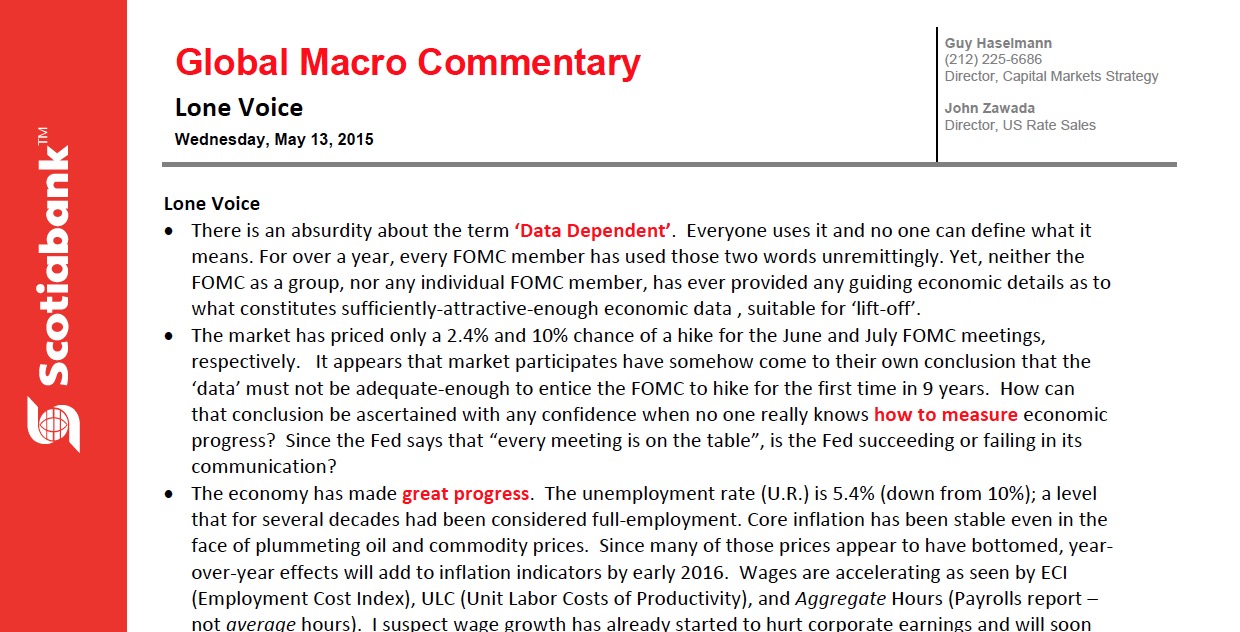by Ben Carlson, A Wealth of Common Sense
For the past two to three years now I’ve read article after article about the potential for market dislocations during the next downturn because of liquidity issues in certain areas of the market.
It’s now easier than ever to invest in almost any type of security or market you can think of through ETFs or mutual funds that allow for daily liquidity in fund shares. The problem that many have been pointing out is that the underlying securities that make up some of these funds are not as liquid as the funds themselves, creating a potential liquidity mismatch.
The worst case scenario is a rush to the exits by investors in the funds, which would cause forced selling in the individual holdings, which could lead to much larger losses than most people are prepared to deal with. It becomes a self-fulfilling prophecy of losses on top of losses as more investors try to sell and the mismatch between the fund product and the underlying securities is exposed.
While I appreciate the fact that many experts are warning investors about potential risks, liquidity risk is nothing new. Yes the structure of the market is different than it was in the past and there will always be unique circumstances at play. But in many ways this would be the same thing that always happens, just with new products that are packaged differently.
The truth is that there has always been collateral damage in the past because of a chase for yield or a chase for performance gone wrong. Liquidity has a funny way of going away when markets take a dive as investors try to avoid stepping in front of the runaway train. Volatility causes irrational reactions in even the most seasoned investors, as people sell first and ask questions later.
This will occur any time investors try to make quick-hit, short-term moves with securities that are designed for the longer-term. Why should investors expect there to be zero interruptions in liquidity when they’re holding risky assets? You can’t expect that there will always be a buyer who’s willing and able to step in at a price point that’s convenient for you. That’s one of the risks you’re forced to deal with as an investor.
A few things to take into consideration when thinking about liquidity risk:
- Never put yourself in the position of being a forced seller. You never want to be at the mercy of the crowd when things take a turn for the worse. This is why leverage can be so dangerous if used in excess — you have to worry about others affecting your current prices and the potential for margin calls at the worst possible moment.
- The reason high quality bonds add value to a diversified portfolio is not because they enhance returns. It’s because they reduce volatility and provide a safe haven during stock market crashes. It’s best to distinguish between high quality and high yielding securities ahead of time. That’s not to say bonds are without risk — interest rate riisk and inflation always have to be taken into consideration, maybe now more than ever. But there’s something to be said for the flight to quality during a stock market sell-off if you’re a risk averse investor.
- Many of these newer products and strategies haven’t been tested in a difficult market environment. One of the best risk controls you have as an investor is knowing exactly what you own and why you own it. This is a simple, yet often overlooked aspect of portfolio management.
- Are you looking for a better yield? Expect higher risk in the form of larger losses and potential liquidity issues when you want to sell during a panic. Are you looking for sources of calm during a stock market storm? Expect lower yields and returns in exchange for that safety and liquidity when markets take a dive. Markets and emotions are all about trade-offs and setting realistic expectations.
If I had to guess where there could be an eventual shake-out in this type of scenario it would probably be bond substitutes such as bank loans, junk bonds, convertibles, MLPs and unconstrained bond funds that use leverage to juice their returns. We’ll see.
One of the first rules of portfolio management is don’t blow yourself up. There’s a good possibility many investors will do just that if they don’t understand the liquidity risks involved with their fund holdings when markets fall. An understanding of the role each asset class and investment can be expected to play in your portfolio can help.
Further Reading:
Predicting the Future of the Liquid Alt Industry
Subscribe to receive email updates and my quarterly newsletter by clicking here.
Follow me on Twitter: @awealthofcs
Copyright © A Wealth of Common Sense












